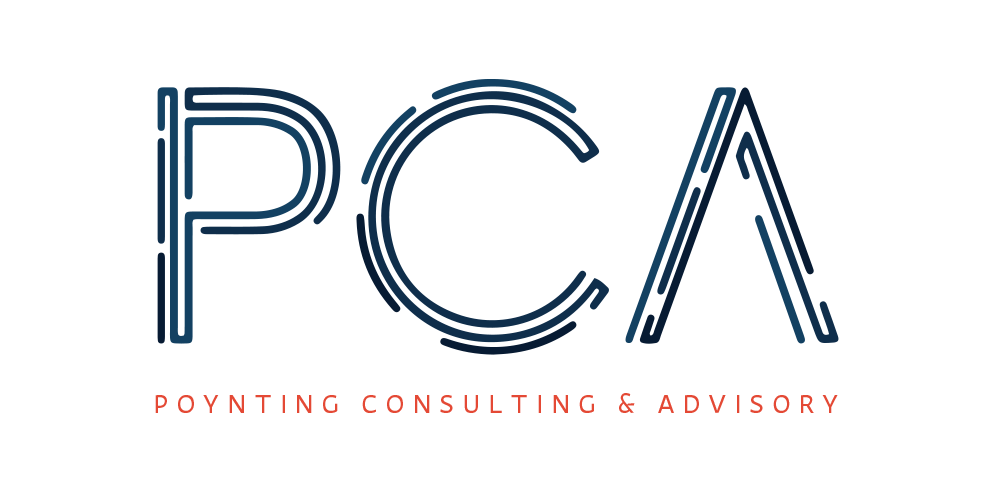Why is Being a CSO Good for Organisations?
This is article three of five that will be released over five days. These articles are for professionals in Australia that work with children and have heard the term ‘child safe organisation’ but are not sure how it applies to them, their sector or the work they do every day to keep children they work with safe. Click here to view article one – What is a Child Safe Organisation?
In Article one ‘What is a Child Safe Organisation? We explained what a CSO is. From now on, we’re going to assume you know what a CSO is. Click the link above if you missed Article One.
Throughout the Royal Commission into Institutional Responses to Child Sexual Abuse, over 3,000 institutions were named by survivors as places where child sexual abuse occurred (Commonwealth of Australia, 2017a). The types of institutions included out-of-home care, schools, religious institutions, youth detention, recreation and sports clubs, health and allied, armed forces, supported accommodation, family and youth support, childcare and youth employment (Commonwealth of Australia, 2017a). Both male and female perpetrators were named as well as both adults and other children and young people (Commonwealth of Australia, 2017a). The Royal Commission stated, “Our Redress and Civil Litigation report estimates the total number of eligible survivors who will make a claim for payment under a redress scheme in Australia to be 60,000” (Commonwealth of Australia, 2017a, p.65) which demonstrates the prevalence of this problem.
It is important to keep in mind that these figures and institutions are only in reference to child sexual abuse. It does not consider children that have experienced physical or emotional abuse, neglect, bullying, cyberbullying or victimization and does not include the private sector.
What is the takeaway message for organisations? It should be clear that unless intentional, dedicated and preventative action is taken, it’s not a question of “if” child abuse will occur within your organisation, it’s a question of “when.”
Organisations that assume they are immune to child abuse are simply hoping that every single adult associated with the organisation is well intentioned. From the work of the Royal Commission, it is simply undeniable that this is a not the reality. Instead, organisations must accept that all children are at risk in institutions and must act to minimise that risk. In doing so, they also minimise the risk to the organisation as well.
As part of implementing the recommendations from the Royal Commission, some states and territories have made changes to legislation which:
Make ever adult a mandatory reporter for suspected child sexual abuse
Specifically state that organisations have a duty to prevent child abuse
Make is easier for organisations, their owners/operators and individuals to be sued for failing to prevent child abuse, and
Require organisations to implement child-safe practices to be eligible for funding
At the same time, a change in community sentiment about the accountability of organisations is occurring. It is not acceptable for organisations to simply act in their own best interest and protect themselves and their reputation. The community expectation is that institutions will act with conscience and will protect the victims and survivors over and above their reputation and their brand.
By working in proactive and preventative measures, CSOs reduce the likelihood that children in their care will experience abuse and neglect. By the very nature of better protecting children, they also reduce the likelihood that they or their people will be responsible for causing harm to children. In addition to being a legislative requirement in some jurisdictions, this also reduces their overall enterprise risk. Put simply – it is less likely that a survivor of child sexual abuse will claim that the organisation failed to protect them from abuse when they attended the organisation. In some international markets, this reduction in liability risk has resulted in reduced insurance premiums in the same way that good OH&S practice in Australia reduces organisations’ insurance premiums.
Why is being a CSO good for organisations?
It improves your ability to provide a service that children and families want to engage in
It reduces the likelihood that children will experience abuse and neglect in your care
It improves your ability to meet the needs of the children you care for
It reduces your liability risk now and, in the future,
It will likely reduce client turnover
It improves your brand
It improves your social standing and may increase revenue
In some cases, it may even save money
In short – preventing the abuse and neglect of children in your organisation is just good business.
If you’d like to learn more Child Safe Organisations, why they’re important, and receive some free actionable advice – stay tuned. Over five days, PCA are publishing five articles explaining different aspects of being a child safe organisation. Find them on LinkedIn, on PCA’s website or on Twitter with the hashtag #CSOin5Days.
References
Commonwealth of Australia. (2017a). Royal Commission into Institutional Responses to Child Sexual Abuse: Final Report Volume 2 – Nature and Cause. Canberra: Commonwealth of Australia
Commonwealth of Australia. (2017b). Royal Commission into Institutional Responses to Child Sexual Abuse: Final Report Volume 6 – Making Institutions Child Safe. Canberra: Commonwealth of Australia
